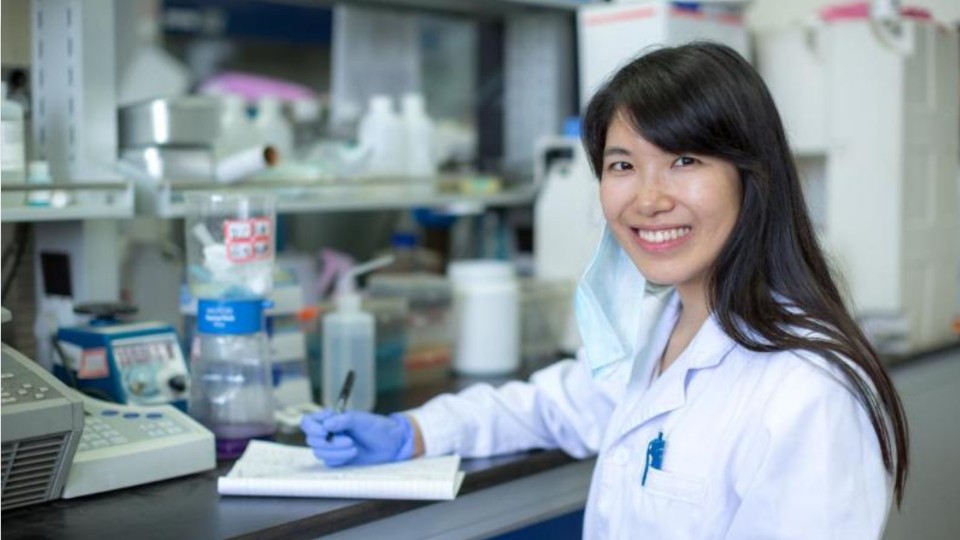Histology Technicians
Histologic Technician (HT), Histologist, Histology Technician (HT), Histotechnician
 Select a military branch to see samples.
Select a military branch to see samples.
Aerospace Medical Service; Aerospace Medical Service Apprentice, National Registry Paramedic; Aerospace Medical Service Craftsman, National Registry Paramedic; Aerospace Medical Service Helper, Independent Duty Medical Technician; Aerospace Medical Service Journeyman, Independent Duty Medical Technician; Dental Assistant Craftsman; Health Services Management Craftsman; Histopathology; Medical Laboratory Craftsman; Pathologist, Forensic
Medical Laboratory Specialist; Pathologist
Health Services Technician; Medical Administration Specialty
No similar titles were found.
Cytotechnologist; Histopathology Technician; Hospital Corpsman; Medical Laboratory Technician; Pathologist
Histopathology; Histopathology Apprentice; Histopathology Craftsman; Histopathology Helper; Histopathology Journeyman
What they do:
Prepare histological slides from tissue sections for microscopic examination and diagnosis by pathologists. May assist with research studies.
On the job, you would:
- Cut sections of body tissues for microscopic examination, using microtomes.
- Embed tissue specimens into paraffin wax blocks, or infiltrate tissue specimens with wax.
- Mount tissue specimens on glass slides.
Knowledge
Math and Science
- chemistry
- biology
Arts and Humanities
- English language
Business
- administrative services
Skills
Basic Skills
- listening to others, not interrupting, and asking good questions
- thinking about the pros and cons of different ways to solve a problem
Problem Solving
- noticing a problem and figuring out the best way to solve it
Abilities
Hand and Finger Use
- put together small parts with your fingers
- keep your arm or hand steady
Verbal
- listen and understand what people say
- read and understand what is written
Ideas and Logic
- use rules to solve problems
- notice when problems happen
Personality
People interested in this work like activities that include practical, hands-on problems and solutions.
They do well at jobs that need:
- Cautiousness
- Attention to Detail
- Dependability
- Integrity
- Achievement Orientation
- Perseverance
Technology
You might use software like this on the job:
Medical software
- Cerner Millennium
- MEDITECH software
Label making software
- Brady Specimen Labeling System
- Specimen labeling system software
Spreadsheet software
- Microsoft Excel
Education
Education: (rated 3 of 5)
associate's degree or
certificate after high school
usually needed
certificate after high school
usually needed
Get started on your career:
Find Training
Find Licenses
Apprenticeship.gov
Job Outlook
Below Average
New job opportunities are less likely in the future.
Explore More
- Cytogenetic Technologists
- Cytotechnologists
- Histotechnologists
- Medical & Clinical Laboratory Technicians
- Medical & Clinical Laboratory Technologists
You might like a career in one of these industries:
See more details at O*NET OnLine about Histology Technicians.





